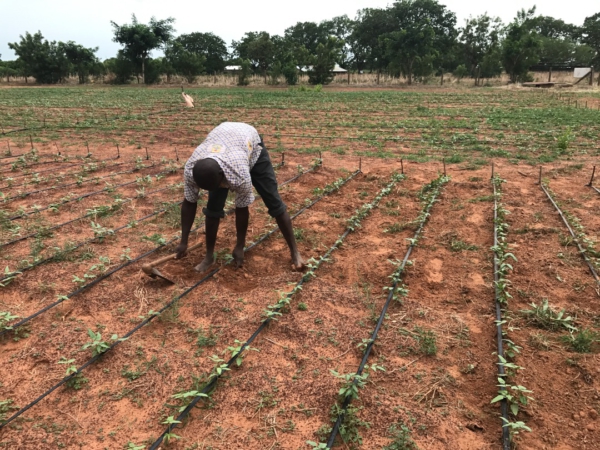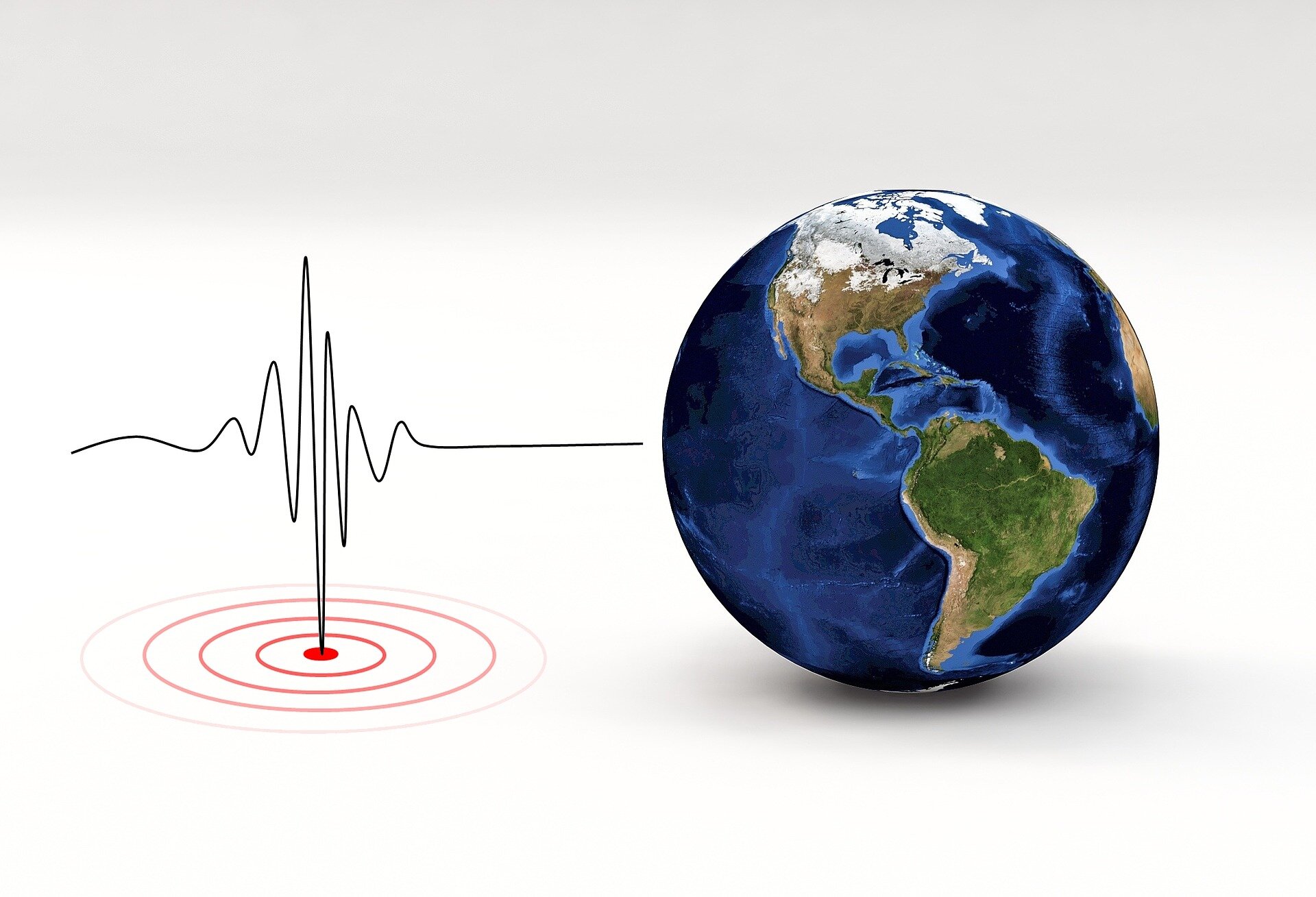- Tesla’s robotaxi event was long on Musk promises, short on details
- Boeing to cut 17,000 jobs as losses deepen during factory strike
- Here’s the deflation breakdown for September 2024 — in one chart
- The Federal Reserve may have pretty much just hit its 2% inflation target
- Finely regulated luminescent Ag-In-Ga-S quantum dots with green-red dual emission toward white LEDs
What do you believe is the single most important factor driving up the cost of living in Nigeria?

Novel algorithms detect precursory scale increase to help forecast big quakes
Many people are aware that large earthquakes are often followed by a sequence of aftershocks as stresses are redistributed in the surrounding area. Many may not be aware that there are also sequences of earthquakes that occur before most large earthquakes.
The so-called precursory scale increase (PSI) describes a sudden increase in the rate and size of earthquakes in a precursory area, with a precursor time and magnitude prior to the upcoming large earthquake. Statistical relations between the different precursor variables form the basis of the earthquake forecasting model EEPAS (Every Earthquake a Precursor According to Scale).
EEPAS aims to forecast major upcoming earthquakes in the medium term, that is, within months to decades, depending on their magnitudes. EEPAS has performed well in global testing and is an important contributor to public earthquake forecasting in New Zealand and to New Zealand's National Seismic Hazard Model.
To date, there has been limited analysis of the precursory scale increase, most likely due to the elaborate and manual method with which it was originally detected. Recent work indicated that multiple PSI identifications could be made for a given earthquake with smaller precursory areas associated with larger precursor times and vice versa.
A more systematic approach to detecting PSI was needed to study this trade-off between area and time to confirm that small precursory areas grow as time gets closer to the mainshock. GNS Science Hazard and Risk Scientist Dr. Annemarie Christophersen is the lead author of a paper published in Seismological Research Letters that describes two algorithms which automatically detect PSI in earthquake catalogs.





- October 11, 2024
Ghana Youth Agriculture Summit set for October 25 at UPSA


- October 12, 2024
Senator urges FG to mandate agriculture studies in schools

Subscribe to our mailing list to get the new updates!

Subscribe our newsletter to stay updated
Thank you for subscribing!






